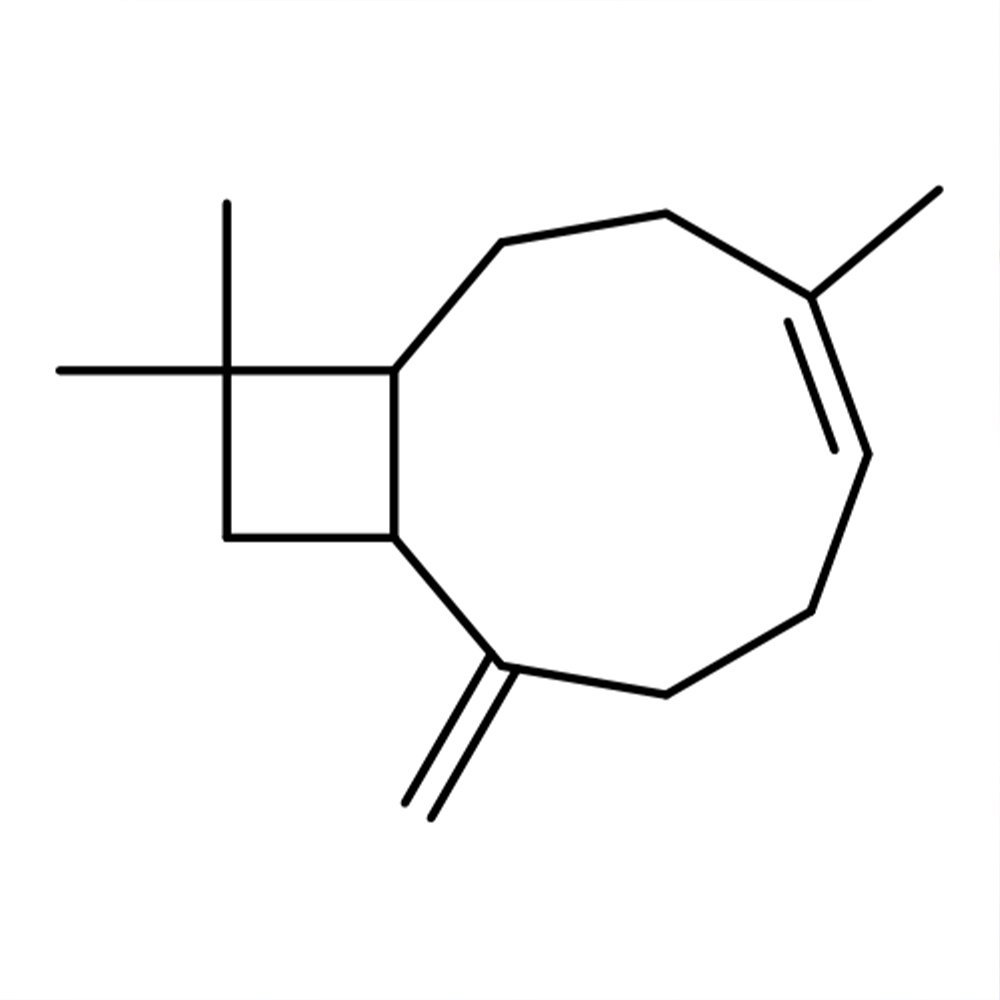Eugenol
Premium Natural Ingredient for Perfumery
Eugenol is a naturally occurring phenolic compound extracted primarily from clove leaf oil, cinnamon leaf oil, and other essential oils. It is widely used in perfumery for its spicy, warm, and dry character, often forming the backbone of carnation, oriental, and spice-type compositions. Slightly soluble in water and miscible with alcohols and oils, Eugenol is a medium-strength, long-lasting material, with a notable tenacity of up to 52 hours on paper. Due to its reactivity, viscosity and color tend to increase with air and light exposure. Beyond fragrance use, Eugenol is also important in flavoring, dentistry, pharmaceuticals, entomology, and botanical chemistry.
Premium Natural Ingredient for Perfumery
Eugenol is a naturally occurring phenolic compound extracted primarily from clove leaf oil, cinnamon leaf oil, and other essential oils. It is widely used in perfumery for its spicy, warm, and dry character, often forming the backbone of carnation, oriental, and spice-type compositions. Slightly soluble in water and miscible with alcohols and oils, Eugenol is a medium-strength, long-lasting material, with a notable tenacity of up to 52 hours on paper. Due to its reactivity, viscosity and color tend to increase with air and light exposure. Beyond fragrance use, Eugenol is also important in flavoring, dentistry, pharmaceuticals, entomology, and botanical chemistry.
Premium Natural Ingredient for Perfumery
Eugenol is a naturally occurring phenolic compound extracted primarily from clove leaf oil, cinnamon leaf oil, and other essential oils. It is widely used in perfumery for its spicy, warm, and dry character, often forming the backbone of carnation, oriental, and spice-type compositions. Slightly soluble in water and miscible with alcohols and oils, Eugenol is a medium-strength, long-lasting material, with a notable tenacity of up to 52 hours on paper. Due to its reactivity, viscosity and color tend to increase with air and light exposure. Beyond fragrance use, Eugenol is also important in flavoring, dentistry, pharmaceuticals, entomology, and botanical chemistry.
Natural Ingredient Overview
🔎 Chemical name — 4-allyl-2-methoxyphenol
🧪 Synonyms — Eugenol, p-Eugenol, Clove phenol
🧬 Chemical Formula — C₁₀H₁₂O₂
📂 CAS N° — 97-53-0
📘 FEMA — 2467
⚖️ MW — 164.2 g/mol
📝 Odor type — Spicy
📈 Odor Strength — Medium; tenacity ~52 hours
👃🏼 Odor Profile — Powerful, warm-spicy, dry, sharper than clove bud oil, less woody than clove leaf oil
👅 Flavor Profile — Warm-spicy, slightly sweet, with burning aftertaste if not diluted; modifies mint, nut, and fruit profiles
⚗️ Uses — Found in carnation, oriental, fougère, and spice accords; also used in incense, rose bases, mint and nut flavors, medicinal applications
🧴 Appearance — Colorless to pale straw-colored oily liquid; darkens and thickens with age and air exposure
What is Eugenol?
Eugenol is a natural phenol and allylbenzene derivative, found in high concentrations in clove leaf oil (Syzygium aromaticum), as well as cinnamon, nutmeg, basil, vanilla, and other aromatic plants. It is usually isolated by alkali wash of clove oils and remains a predominantly natural product despite available synthetic pathways.
Its distinctive odor is sharper and drier than full clove bud oil, making it ideal for constructing carnation-type florals, oriental blends, and spiced florals. Eugenol is not a replacement for clove oil in flavoring but adds valuable pungency and authenticity when used in combination-spice flavors.
Olfactory and Flavor Characteristics
Fragrance Role: Used extensively in fougère, oriental, incense, rose, and spice accords
Often blended with: galbanum, cinnamic alcohol, isoeugenol, methyllonone, vanillin
Flavor Role: In spice blends, mint, nut, and fruit flavors, and certain liqueurs
Concentration in food:
10–100 ppm in candy, bakery
Up to 200 ppm in meat products
Up to 500 ppm in chewing gum and up to 300 ppm in oral care
Industrial and Biological Applications
Dentistry: Used as a local anesthetic and antiseptic in zinc oxide eugenol pastes, root canal sealants, and temporary fillings
Pharmaceuticals: Investigated for use in injectable anesthetic formulations
Entomology: Attracts orchid bees and cucumber beetles
Ichthyology: Humane anesthetic and euthanasia agent for fish
Polymers: Used in antioxidant and stabilizer formulations for plastics and rubbers
Plant Biochemistry: Eugenol and isoeugenol biosynthesis studied in orchids and other floral species
Synthesis and Natural Occurrence
Primary source: Clove leaf oil, stem oil, cinnamon leaf oil, occasionally bay leaf oil
Synthetic route:
From guaiacol via allylation and Claisen rearrangement
Guaiacol itself is derived from catechol → phenol → coal tar
Not commonly synthesized due to cost-effective natural extraction
Natural occurrence in:
Cloves, cinnamon, basil, vanilla, nutmeg, ginger, dill, wormwood, celery, Japanese star anise, lemon balm, bay laurel, and others.
Regulatory and Safety Overview
IFRA: Restricted ingredient due to sensitization potential. Refer to current IFRA use limits (Category-dependent).
EU Allergen Listing: Declarable allergen under Regulation (EC) No 1223/2009. Must be labeled above 0.01% (leave-on) and 0.001% (rinse-off).
FEMA GRAS: FEMA 2467; permitted in regulated flavor concentrations
ECHA: Registered under REACH. Classified as irritant and potential sensitizer.
Toxicology:
Hepatotoxic in overdose
May cause allergic cheilitis, stomatitis, or dermatitis
Documented poisoning cases in children with oral exposure >5 ml
Stability: Tends to oxidize and resinify under light and air; storage in sealed, cool containers recommended
✅ Permitted in perfumery and flavoring with restrictions; use with appropriate dosage control and allergen labeling.
Sources
PubChem CID 3314 – Eugenol
Arctander, S. Perfume and Flavor Chemicals
Chemistry and Technology of Flavors and Fragrances – David Rowe
IFRA Standards Documentation
ECHA Substance Information
FEMA GRAS Database – FEMA 2467
Fulvio Ciccolo – Scentspiracy Technical Archive






